50 Deer Resistant Plants
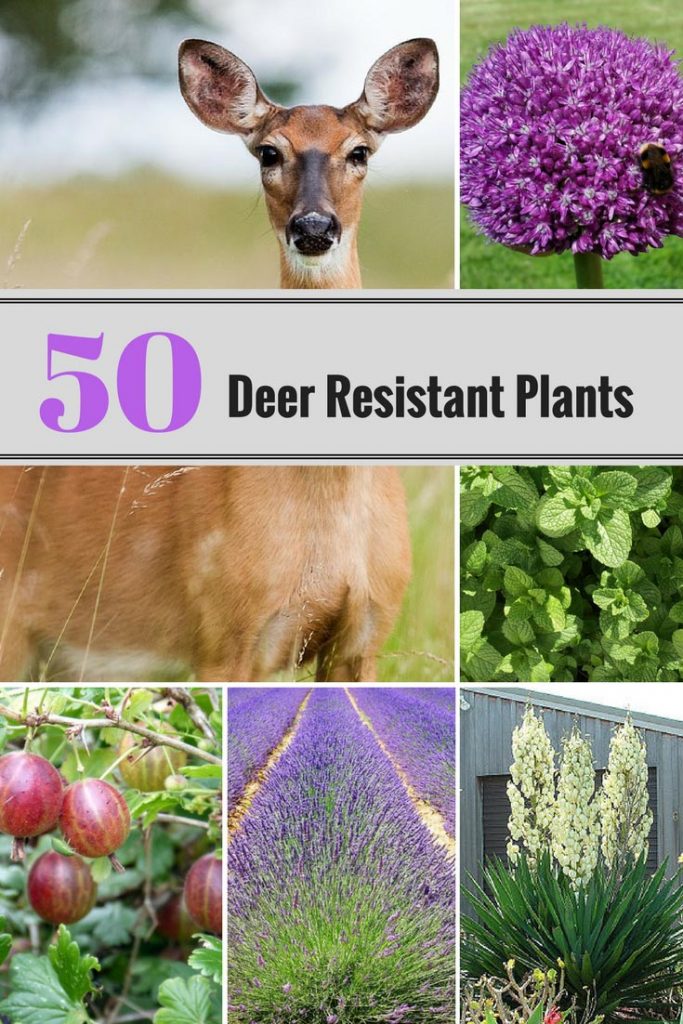
Deer can be ruthless if they choose to attack your farm’s produce in our landscape. They would only need a few nights to finish ingesting all the leaves on a whole piece of land. People who live in areas where these animals are numerous have a difficult task of dealing with these animals. Most people usually wonder which plants would probably survive severe attacks from the deer.
It is difficult to state a clear answer to which plants would survive a deer attack. However, with a lot of research being done, researchers have found out a number of plants that they refer to as deer resistant. Nevertheless, deer feeding habit change with season. Thus, we can classify plants into;
- Severely damaged crops
These can be termed as the deer favorite meals. The deer would ensure that none of the twigs remains. They will choose these crops before any other.
- Occasionally severely damaged crops
If the severely damaged crops are out of season, these plants fall second in the ladder of priority.
- Seldom severely damaged crops
A deer jumps for this plants if the occasionally severed damaged crops were out of stock.
- Rarely damaged
If all the other types of crops lack, the desperately jump for these plants to keep them from severe hunger. Experts suggest that you can these plants as deer proof.
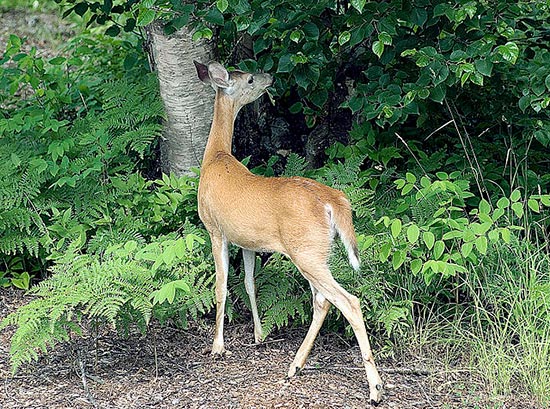
How to protect your plants from deer attack
Living in an area where these deer are in large number can be worrying. Nevertheless, there are numerous methods to keep them away from your homestead. One of them is fencing. However, one should understand that deer are high jumpers. The most effective way to use fencing as deer proof, is to move the least resistant crops nearer to your home and fencing the area. Plant the deer resistant food further from your homestead. This will keep the deer away because reaching their favorite meal is impossible.
Deer have a tendency of damaging the trunk of weak premature trees. Therefore, a good chicken fence would come in handy in this case. This will make it hard for the deer to reach the weak trunk using its antlers.
In addition, you can spray repellants to the plants regularly. However, this repeated task can be tiring for some. Thus, the most common way of dealing with deer is planting deer resistant crops.
Crops that deer hate
As mentioned earlier, a deer’s appetite changes with season. They will mostly feed on green twigs of plants. However, there are plants that these animals would hate to taste. They include;
- Plants with a strong scent or pungent smell. For instance, roses and onions
- Plants with fur
- poisonous plants
- Plants with thorns
Also, note that deer love highly watered and fertilized plants. They normally take advantage of a plant especially when it is young. As you plant, ensure that the plants grow to be taller. This makes it difficult for the deer to reach the leaves.
Quick facts
Here are five deer resistant plants that most people would look for:
- Shade: Hellebores
- Full sun: Kniphofia
- Fruit: Gooseberry
- Shrub: Choisya ternata
- Climber: Honeysuckle
Summary of deer resistant plants and flowers
There is large number of plants you can use to keep off these annoying deer from your landscape. We have just selected a few that you can choose from.
1. Landscape Trees
When planting trees on your land, plant trees that grow to be taller with high branches. The deer will not reach to the leaves easily. However, ensure that you protect the trunk from deer damage when it is still premature. Use some type of fence around it. Examples of such trees include, Hawthorn, honey locust, Pines and live oaks
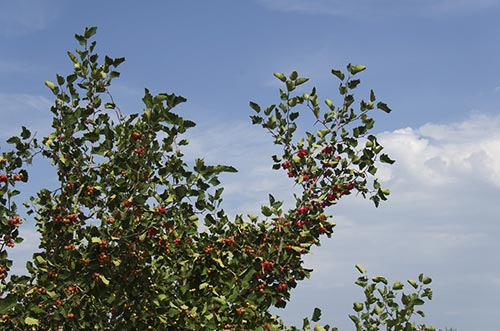
2. Ferns
Deer rarely find time to search for ferns. Therefore, plant the ferns together with plants that are highly susceptible to deer. These plants prefer shade and are good for ground cover.
3. Herbs
Deer normally do not admire herbs as they contain some scent and generally taste bitter as well. Therefore, you can use these plants as ground cover when planting. None of the deer will come near the herbs again. Ensure full exposure to sun and fertile soil for maximum growth. Best herbs to use include, Basil, fennel, southernwood, perilla, and parsley.
4. Bulbs such as alliums
These plants perform at their best to ensure that the deer never comes close to your plants again. They contain a pungent smell that keeps the deer away. Examples of such crops, onions, garlic, daffodils and summer snowflakes. However, bulbs such as tulips should not act as deer resistant crops. This is because it is a severely damaged plant.
5. Ornamental grass
They offer a good ground cover for crops. Most of them are attractive and maintaining them is not difficult. They can survive longer to keep deer away from your terrain. Some of these types of grass include reed grass, river oats, pampas grass, panic grass, and Indian grass.
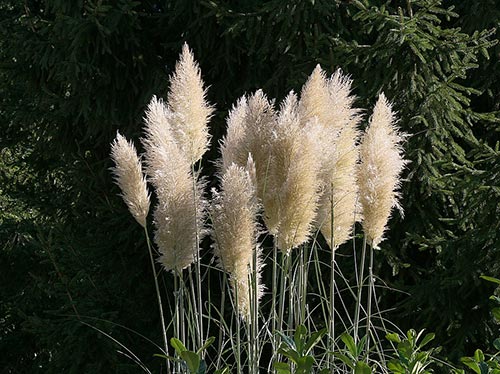
6. Choking plants
These plants have pricks that keep predators away from them. Therefore, your deer will not dare touch any plant near it. They are attractive to bees. Deer rarely have any time bothering with this plant hence perfectly stands as a rarely damaged crop.
7. Mint
This perennial herb is different. It grows best in pots compared to when it grows from the ground. The plant has a strong pungent smell that keeps the deer away from any plant near it. It can protect plants for a longer time because it takes time to grow well. However while planting it, ensure that the ground offers a larger surface area for perfect growth.

8. Roses
Roses carry along a strong scent as they grow. You can use different types of roses to keep these animals from your crop. Different roses grow differently. Examples are foxglove, dianthus, bleeding hearts and cushion spurge.
9. Yucca
The Yucca can easily irritate the deer. It contains spiky leaves that prevent the animal from enjoying a good meal
If you do not want to have any of the 9 plants above you could try any one of these.
Some plants to try where deer are problematic include;
- Agapanthus
- Aquilegia
- Bamboos
- Berberis (not purple-leaved types)
- Buddleja davidii (butterfly bush)
- Buxus (box)
- Chaenomeles (Japanese quince)
- Choisya ternata
- Clematis
- Cornus sanguinea (dogwood)
- Cortaderia selloana (pampas grass)
- Cotinus coggygria (not purple-leaved forms)
- Daphne
- Delphinium
- Digitalis (foxglove)
- Echinops (globe thistles)
- Euphorbia (spurges)
- Forsythia
- Gaultheria shallon
- Gooseberry
- Helleborus (hellebores)
- Hippophae rhamnoides
- Hydrangea
- Jasminum (jasmine – winter & summer types)
- Kerria japonica
- Kniphofia (red hot pokers)
- Laurus nobilis (sweet bay)
- Lavandula (lavender)
- Leucanthemum x superbum
- Lonicera spp. (honeysuckles)
- Lonicera nitida
- Lupinus (lupins)
- Magnolia
- Mahonia
- Monarda didyma (bergamot)
- Narcissus (daffodils)
- Nepeta × faassenii (catmint)
- Nerine
- Philadelphus (mock orange)
- Phormium tenax (New Zealand flax)
- Potentilla fruticosa
- Rhododendron (deciduous azaleas)
- Rhubarb
- Ribes (currants)
- Robinia pseudoacacia (false acacia)
- Romneya coulteri (Californian poppy)
- Rosa rugosa, R. spinosissima
- Spiraea japonica
- Viburnum (deciduous types)
- Vinca major, V. minor
- Weigela
- Yucca
- Zinnia
Conclusion
While picking the right deer resistant plant, ensure that it can last longer through most of the seasons. This will keep the deer from your terrain for longer. Also, remember that using deer resistant plants does not mean that you have kept the animals away from your farm. If the season ends, these plants might end being food for the animals. You can build a fence around your farm just to keep the deer away.
Repellents act as good resistant agents but can be ineffective if applied inappropriately. Therefore, ensure that you keep spraying your crops regularly.
Thanks for checking out “50 Deer Resistant Plants”. If you found this article interesting please consider sharing it on Facebook and Pinning it on your Pinterest boards, this will help spread the word and help hundreds of people see this info too, Also let me know in the comments below if you would like to add any more info to this article…
 Home and Gardening Ideas At home and Gardening ideas we believe inspiring readers about homesteading, self sufficiency
Home and Gardening Ideas At home and Gardening ideas we believe inspiring readers about homesteading, self sufficiency
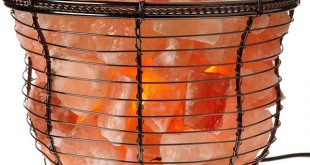





One comment
Pingback: 50 Beautiful, Deer-Resistant Plants